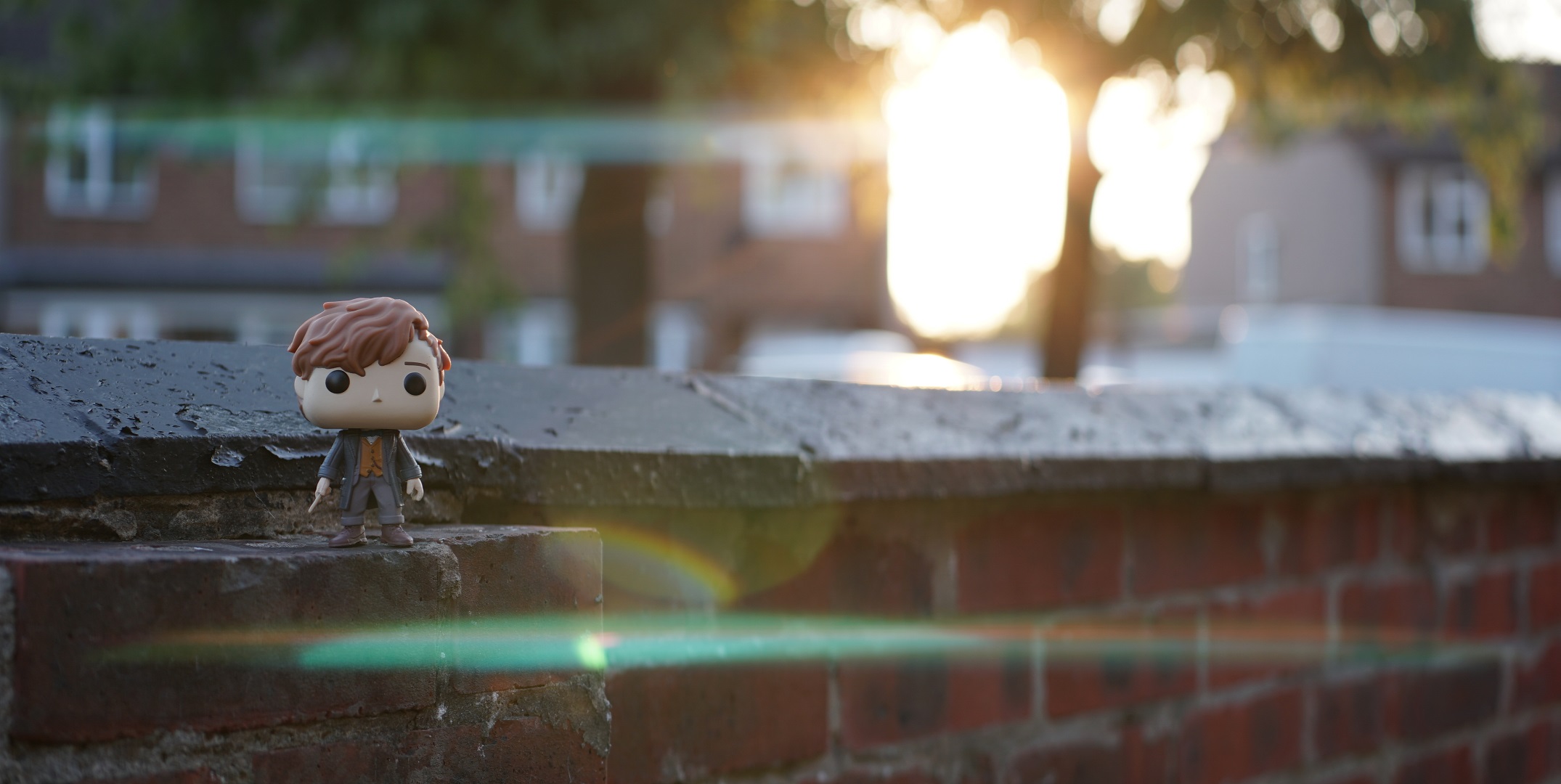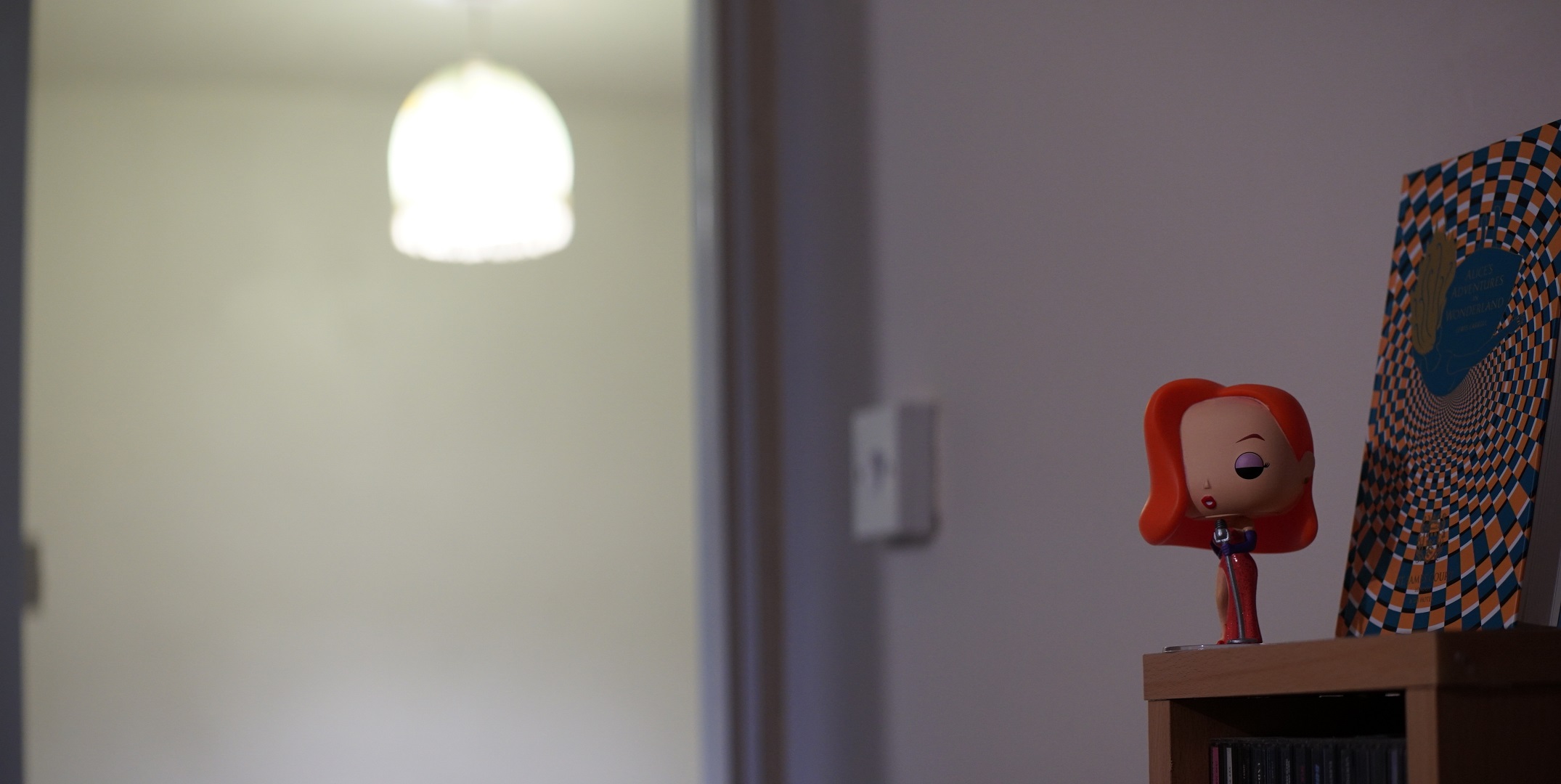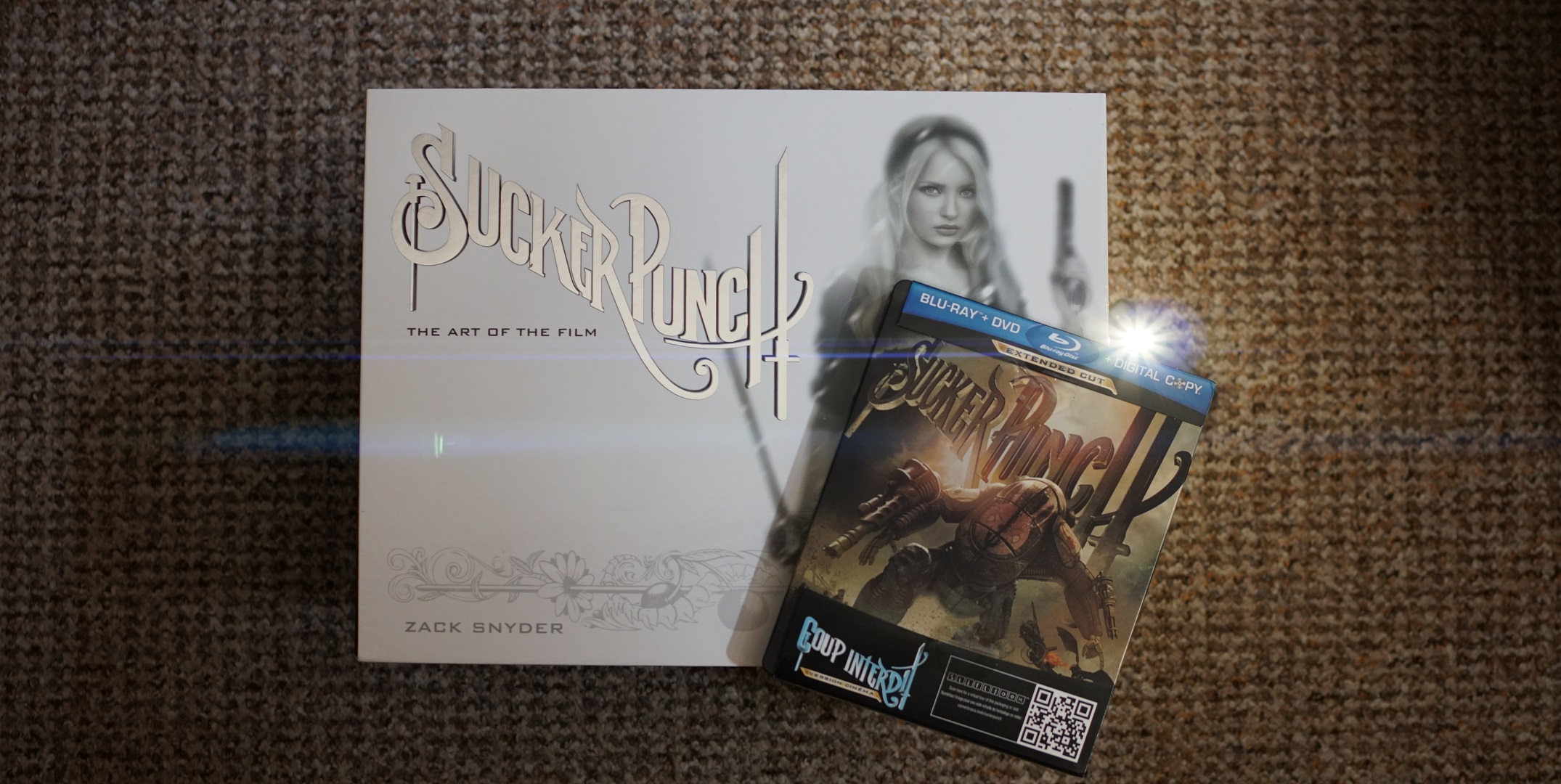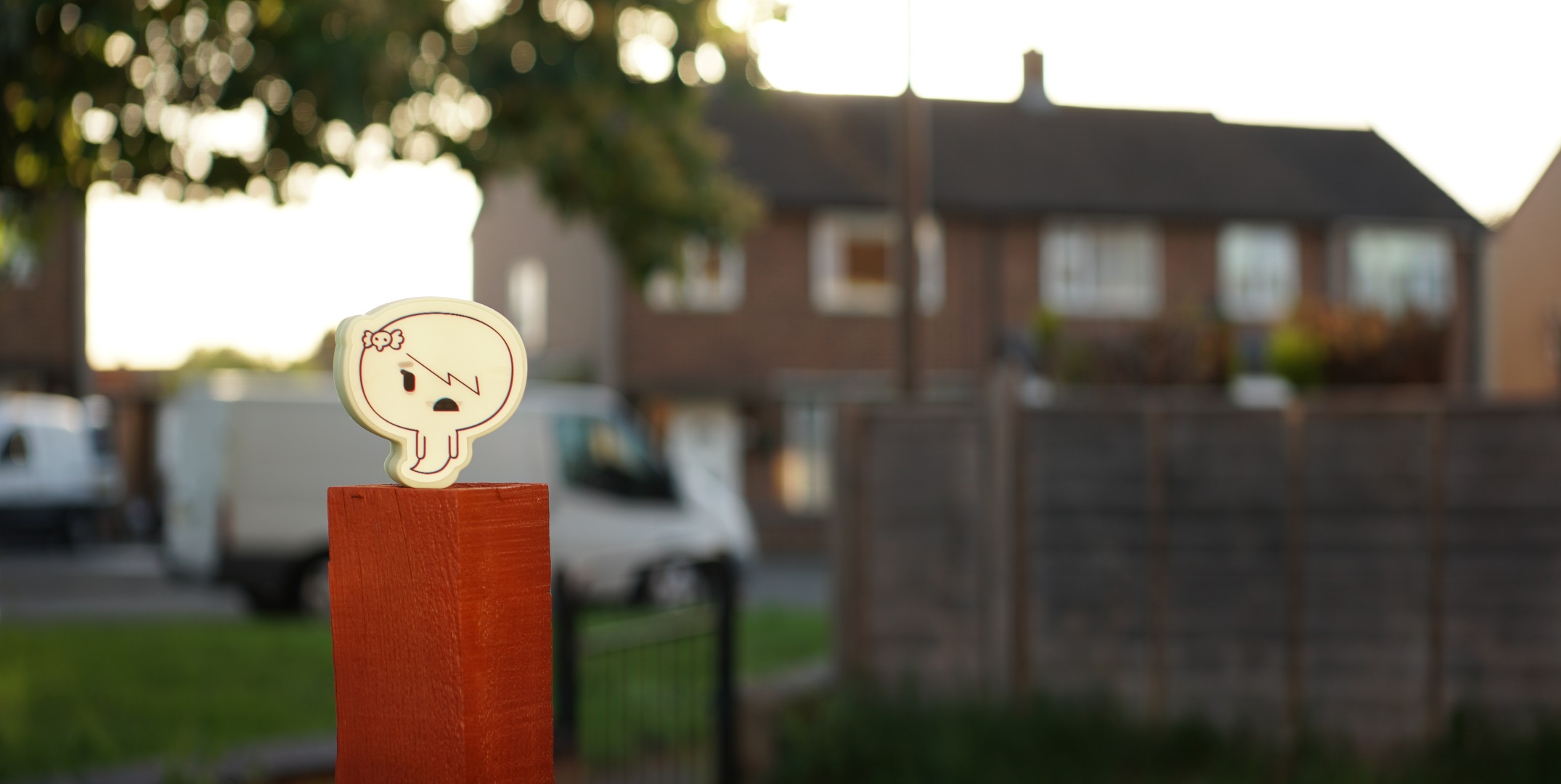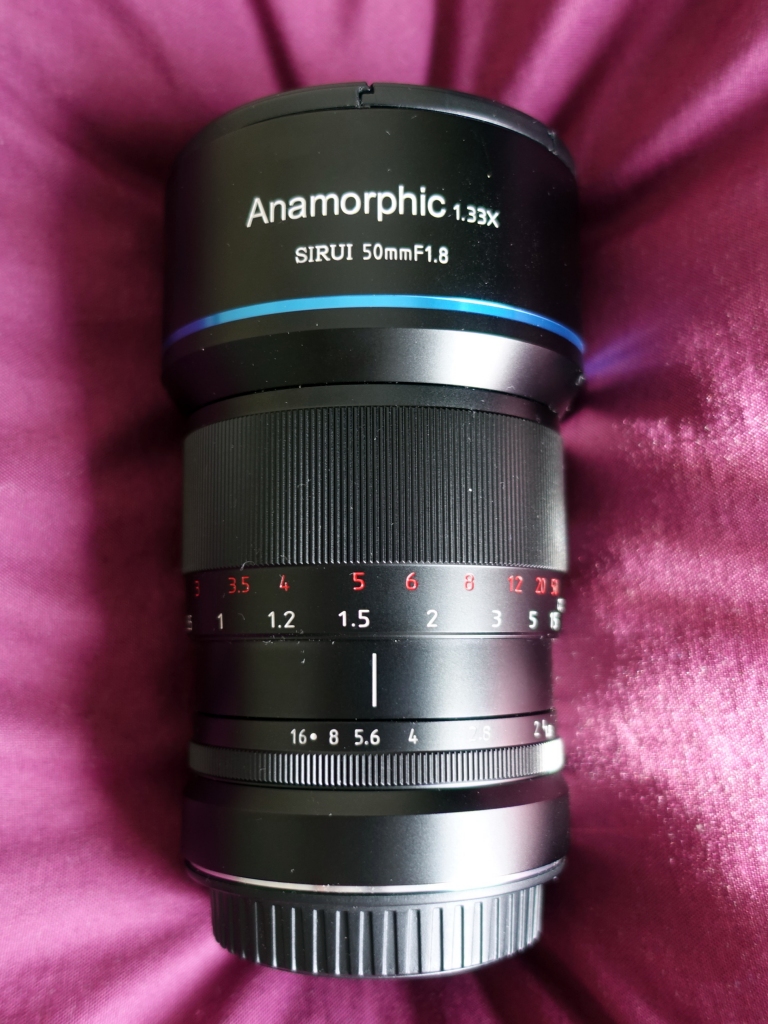 I first heard about the SIRUI 50mm Anamorphic Lens back in September 2019, when SIRUI showed it off at the International Broadcasting Convention in Amsterdam. They proclaimed that it would be sold at an affordable price point (in videos, SIRUI’s marketing director, Sonny Liu, is heard saying that it would be around 700 Euros (around £600 / $780)). As someone that takes cinematic photos, I was curious, but figured the lens would be about a year away.
I first heard about the SIRUI 50mm Anamorphic Lens back in September 2019, when SIRUI showed it off at the International Broadcasting Convention in Amsterdam. They proclaimed that it would be sold at an affordable price point (in videos, SIRUI’s marketing director, Sonny Liu, is heard saying that it would be around 700 Euros (around £600 / $780)). As someone that takes cinematic photos, I was curious, but figured the lens would be about a year away.
Fast forward to December 2019 and that was when SIRUI’s Indiegogo campaign started. Their anamorphic lens was available for early bird buyers at $599. The exchange rate at the time meant that it was £454. Given how ridiculously expensive anamorphic lenses usually are, I couldn’t really argue at that price. I mean, that makes it cheaper than the SLR Anamorphot Adaptor I was considering. So I went for it. Of course, it’s only after spending the money that you start wondering, “Well, I hope it’s good.” It arrived in April 2020.
The Indiegogo page and a few videos uploaded by SIRUI were all about promoting the lens for shooting cinematic widescreen video. For those of you shooting films, YouTube shorts or even vlogs, this is certainly an appealing lens. But what about those more into photography? I wanted to use it for taking cinematic style photos. Is there a look that I am able to get with an anamorphic lens that I cannot get with a spherical lens?
So what’s an anamorphic lens I don’t really hear you cry. You’re already on a page about SIRUI’s anamorphic lens and if you’ve read this far then I’m assuming you already have some understanding. Nevertheless, here’s a brief history lesson.
With declining cinema attendance during the late 1940s, studios tried to find new ways to entice audiences back. While there were various experiments in widescreen before this, it was 20th Century Fox that chased French inventor Henri Chrétien and his Hypergonar lens; a lens capable of squeezing footage onto conventional 35mm film. When using another projector lens to desqueeze the film during projection, the image presented is wider. 20th Century Fox used anamorphic lenses on the 1953 film The Robe, presenting it in CinemaScope. It was a hit, and soon subsequent films were shot in widescreen, be it flat (matting) with spherical lenses (1.78:1, 1.85:1) or wider with anamorphic lenses (2.35:1, 2.40:1).
If you’ve seen classic films such as The Thing, Die Hard and Blade Runner then you’ll have seen the effect that anamorphic brings; shallow depth of field, oval bokeh and horizontal lens flares. Advancements in technology and the Super 35 format has seen some filmmakers opt for shooting with spherical lenses. These days shooting in anamorphic can be just as much a stylistic creative decision as well as a technical one. A number of recent films have been shot using anamorphic lenses, such as Mission Impossible: Fallout, Avengers: Infinity War, Avengers: Endgame, Pokémon: Detective Pikachu (which, interestingly enough, was also shot on 35mm film) and Birds of Prey: And the Fantabulous Emancipation of One Harley Quinn.
If you’d like to delve further on the history of widescreen, then do check out the following websites and videos.
A Brief History of the Widescreen Format
The Changing Shape of Cinema: The History of Aspect Ratio, by Filmmaker IQ (Video)
Why widescreen feels epic, by Quartz (Video)
So SIRUI’s anamorphic offering is a 50mm f1.8 lens. Depending on your camera, you can get it as E-mount, X-mount or Micro 4/3 mount. It has a 1.33x squeeze factor, which therefore offers a 33% increase of the horizontal field of view; the equivalent to an APS-C 37.5mm lens. It essentially squeezes more picture on your camera sensor.
It is manual focus only, has a very smooth focus ring with a minimum shooting distance of 0.85 metre (85cm), and a de-clicked aperture ring from f/1.8 to f/16. While I don’t exactly have another anamorphic lens to compare this to, size-wise, I understand that this is small for an anamorphic lens.
I got myself an E-mount lens to attach to a Sony A6500. I decided to do a very basic comparison test alongside another 50mm lens, mainly just to show the extra width. Unfortunately, since I currently do not own a 50mm prime lens, I used a zoom lens instead (the Sony SEL18135, set to 50mm). With the camera set on a tripod, I took photos in the 3:2 ratio with both lenses, at f/5.6, 1/60, ISO-100, manual focus.
I positioned the Nendoroid of Cardcaptor Sakura in the centre (about 1.5 metres away from the camera). I also waited till sunset to get an example of the lens flare exhibited. Apart from resizing and compressing the photos for the site, no other editing was done.
So here’s what a photo with the Sony SEL18135 at 50mm looks like.

Here’s what a photo with the SIRUI anamorphic lens looks like before desqueezing. Certain cameras have a desqueezing mode (such as the Panasonic Lumix S1H and GH5). If yours doesn’t, then this is what it will look like on your viewfinder/LCD screen.
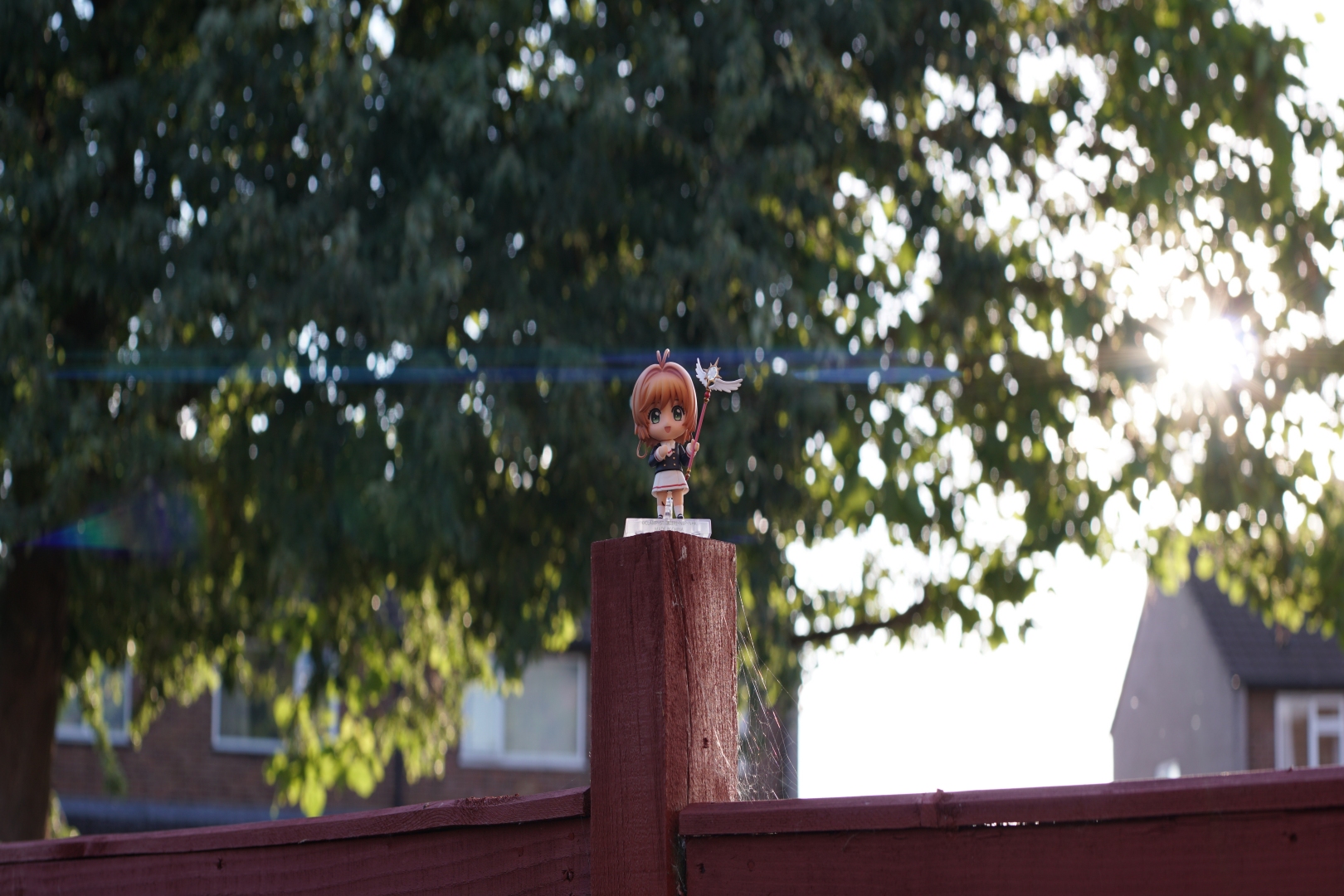
Desqueezing the photo involves going to the resize option in your photo editor; multiply the current pixel width by 1.33 and input that figure as the new pixel width. Here’s what Cardcaptor Sakura looks like after desqueezing. The 3:2 ratio photo taken with the SIRUI anamorphic lens becomes a 2:1 ratio photo. Noticeably, there’s more width on the sides and some lens flare. If you want the wide 2.40:1 aspect ratio after desqueezing, then you can shoot in 16:9.
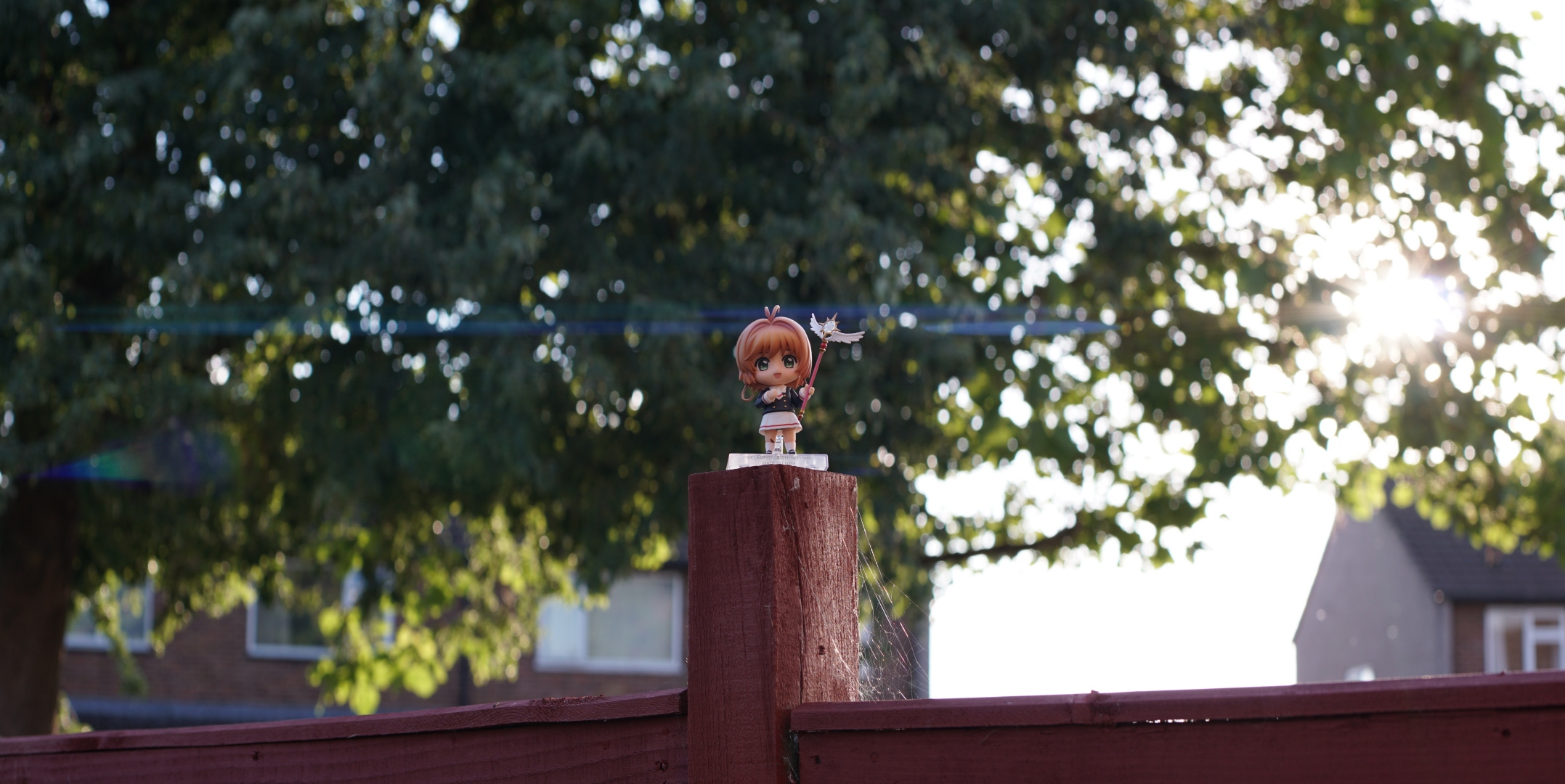
Let’s get the main issues out of the way first. This lens is manual focus only. If you’re coming from Sony’s amazingly fast autofocus, then not only do you have to get used to using the aperture and focus rings, but depending on your camera you also have to get used to the squeezed image on your viewfinder/LCD screen. Basically, this is not a run and gun lens.
A 50mm lens with a minimum shooting distance of 0.85 metre (85cm) means that close-ups can be ruled out.
If you’re intending to take photos with this to share on Instagram expecting Likes and Followers, then this is not for you. The irony being that an anamorphic lens gives you more picture; however, the inner workings of Instagram caters to people that view photos on a smartphone vertically, thus resulting in photos shot in 16:9 (or wider) being displayed smaller.
Nevertheless, if you’re willing to take your time, then this lens delivers a wonderful widescreen photo with amazing bokeh. If you want your shots to look like something out of a J.J. Abrams film, then at f/1.8 – f/2.8, depending on your light source, the lens flare can be overtly crazy. While it does look to be a touch on the soft side here, I’ve found that taking it to f/2.8 does offer solid sharpness. There is also some mild barrel distortion (note the test photo with the Sucker Punch merchandise, which was elevated slightly above the floor in order to place a light underneath). I’m sure to pick up on more points and quirks the more I use it.
Take a look at a few other test photos (again, apart from resizing and compressing, no other editing was done).
Given how much I spent, I am happy with my purchase. As of writing, the SIRUI 50mm Anamorphic Lens is retailing on Amazon UK for £639. This is still rather hefty, especially if you’re unsure and just want to experiment. Also, if not the 50mm, then you may want to hold out for what SIRUI intend to release next. From the comments section on their Indiegogo page, SIRUI has mentioned that they are working on a 35mm anamorphic lens (UPDATE – as of writing, SIRUI has now officially announced that they will be releasing a 35mm anamorphic lens). If you have been interested in taking cinematic style photos, then you’ve probably already considered this lens (maybe you’ve already picked it up?). I initially had no intention to use it for video, but since trying it out, I have come up with a few ideas, so the option is there should I wish to go down that road.
Ultimately, if this is a look you’re after, then you no longer have to spend ages in a photo editor trying to recreate it only to end up with something that’s pretty close. The option of buying an anamorphic lens and getting that look you want, in-camera, is now a reality that won’t cost you thousands of pounds.

